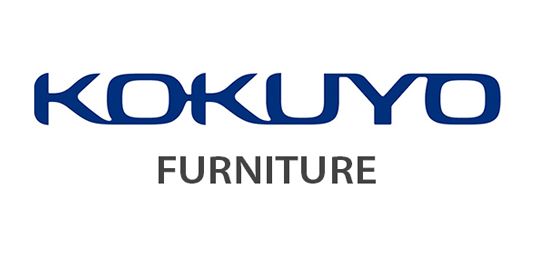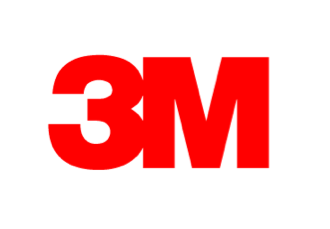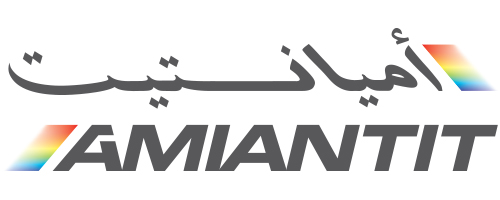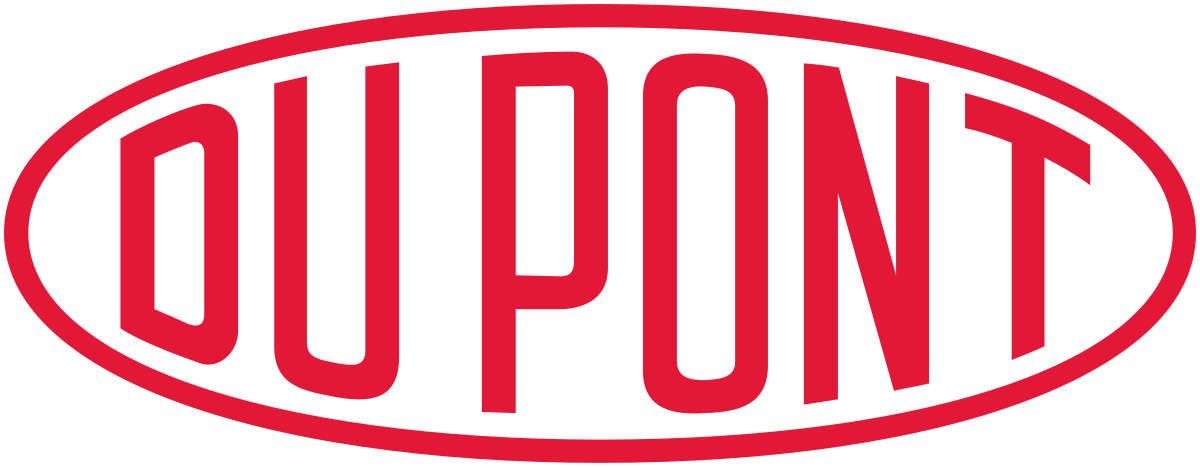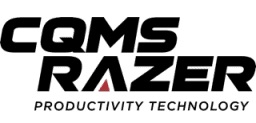Smart City Platforms Market By Offering (Platforms, Services); By Delivery Model (Offshore, Hybrid, Onsite); By Application (Public Safety, Smart Energy and Utilities, Infrastructure Management, Citizen Engagement, Smart Mobility/Transportation , Extended City Services, Environment Planning); By Region (North America, Europe, Asia Pacific, Latin America, Middle East & Africa) - Global Market Analysis, Trends, Opportunity and Forecast, 2022-2032
Smart City Platforms Market Overview
The Global smart city platforms market is expected to grow from USD 161.2 Billion in 2022 to USD 710.5 billion by 2032, at a CAGR of 16% during the forecast period 2022-2032.
Smart city platforms are IoT-enabled solutions that enable smart city end users to gain seamless access to data across multiple functional application domains like transportation management, health and public safety, environmental, water and wastewater energy, governance, the built environment, and more. Conventionally, these systems exist individually, with a wide variety of legacy equipment and systems. Smart city platforms provide a single environment for managing data from all of these applications and systems, and more importantly they have the capability to analyze large amounts of data coming from these systems and turn them into actionable insights to address specific issues within the city.
Most smart city platforms today are deployed via remote server or on-premise methods and perform many functions including analytics, remote asset monitoring, performance management, decision support and/or presentation components. They also offer increased connectivity, intelligence, reduction in costs, increased safety, investment attraction, improved sustainability, and enhanced livability among others.
The global smart city platforms market is expected to grow at a significant CAGR in the years to follow.
MARKET DRIVERS:
The growth of this market is attributed towards major pertaining factors including; the rapid evolution of smart city projects, the increasing investments by governments for smart cities projects, the rising concern for public safety, increasing focus on building effective transport & infrastructure management, the growing demand for platform providers, the increasing preference for platforms over standalone solutions and the emergence of Industry 4.0 etc.
Additionally, the rapidly increasing use of digital infrastructure by organizations to gain vital protective supplies for workers in smart city projects, as well as counsel them for rendering services safely, are producing the need for professional smart city services which include deployment and training, consulting and architecture designing, infrastructure monitoring and management services etc, which in turn, is expanding the smart city platforms market demand.
Moreover, the smart cities are said to create foundational infrastructure for the high-wage jobs of the future. This requires smart governance; a smart, educated workforce; and smart citizens; the digital transformation of assets and the deployment of sensor networks with all-area multimodal connectivity all of which are almost impossible without smart city platforms.
Furthermore, the industrial and commercial deployments of smart city platforms, the increase in the number of business parks, the spread of IoT and related innovations for simplification of processes in organizations of different verticals, increasing investments by end-users to improve the efficiency, effectiveness, and attractiveness of their infrastructure and services, the increased focus of vendors on the development of compatible platforms by multiple partnerships and to ensure the platform meets the need of future conditions of environment, economic, and services are further expanding the size of this market.
However, the high costs involved in deploying the smart city platforms, the inefficient utilization of resources in developing nations and the complicated infrastructure of the smart city platforms are factors among others that are hindering the growth of this market.
More importantly, due to the outbreak of COVID-19, there has been a decline in smart city networks adoption worldwide. This market is projected to witness growth after the first half of 2021 due to investments, which will provide tremendous opportunities for growth, as COVID-19 has exposed the need for efficient technology in monitoring and managing similar situations and to provide a more resilient city infrastructure for the future.
Smart City Platforms Market Segmentation
By Offering
- Platforms
- Connectivity Management Platform
- Integration Platform
- Device Management Platform
- Security Platform
- Data Management Platform
- Services
- Professional Services
- Consulting and Architecture Designing
- Infrastructure Monitoring and Management
- Deployment and Training
- Managed Services
- Professional Services
By Delivery Model
- Offshore
- Hybrid
- Onsite
By Application
- Public Safety
- Smart Energy and Utilities
- Infrastructure Management
- Citizen Engagement
- Smart Mobility/Transportation
- Extended City Services
- Environment Planning
- Others
By Region
- North America
- Europe
- Asia Pacific
- Latin America
- Middle East & Africa
Smart City Platforms Market Regional Insight
The North American region dominated the smart city platforms market and holds the largest share in this market. This region is also expected to continue to maintain its mark and grow at a consistent rate in the following years owing to the growing adoption rate of smart technologies in the region, increasing investments in R&D activities by the major economies of the region, increasing technological developments in the region, the growing IT and telecom industry coupled with rapid growth in urbanization, the rapid digitalization across diverse verticals, increasing adoption of smart connected devices and the presence of well established players/vendors in the region etc. The major contributors in the region are U.S and Canada.
The Asia Pacific region is the fastest growing regional market for Smart City Platforms and is expected to grow at a superfluous rate owing to the increasing adoption rate of IoT, the rising demand for intelligent and smart solutions and the rise in citizen engagement in the region etc. The major contributors in the region are India, China and Japan.
Smart City Platforms Market Key Players
- Alibaba
- AWS
- Hitachi Ltd.
- GENERAL ELECTRIC
- Huawei Technologies Co. Ltd.
- IBM Corporation
- Intel Corporation
- Microsoft Corporation
- Nokia Corporation
- Bosch.io
- Cisco
- Ericsson
- Fujitsu
- Fybr
- KaaIoT Technologies
- NEC
- CIMCON Lighting
- SAP
- Schneider Electric
- SICE
- Sierra Wireless
- Siradel
- Smarter City Solutions
- thethings.iO
- Ubicquia (US.
- Siemens AG
- Verizon Wireless
- Other Players
RECENT DEVELOPMENTS:
- In December 2020, Quantela, a smart city enabler and a-service provider with over a 100 smart city deployments across the globe, announced a strategic investment in Silicon Valley founded and Singapore based Graymatics, a cognitive multimedia analytics company with an industry-leading AI platform to transform installed CCTV video feeds into compelling customer centric solutions in different industry verticals.
- In December 2020, Currux Vision LLC, an innovative, infra-tech AI and machine learning solutions company released test results with the Department of Transportation of the City of San José, California. San José, recently named the Most Innovative City in the U.S., utilized the fully integrated, AI-based SmartCity ITS for city intersections and roadways. This innovative, cost-effective platform is said to accurately monitor traffic, and provide information that can potentially prevent or reduce congestion and accidents, creating safer roads for drivers, cyclists, pedestrians and others.
Timeline Considered for Analysis:
- 2022: Base Year
- 2023 to 2032: Forecast Period
Research Scope and Deliverables
Overview & Executive Summary
Market Drivers, Trends, Challenges and Opportunities
Market Size and Forecast Projections
Macroeconomic Indicators of Various Countries Impacting the Growth of the Market
Extensive Coverage of Industry Players including Recent Product Launches and Market Activities
Porter’s Five Force Analysis
Market Segmentation Analysis:
Industry report analyzes the global smart city platforms market by the following segments:
- Offering
- Delivery Model
- Application
Customization: We also offers customization’s in the industry report as per the company’s specific needs.
Key Questions Answered in the Global Smart City Platforms Industry Report
- What is the overall market size in 2021? What will be the market growth during the forecast period i.e. 2022-2032?
- Which region would have high demand for product in the upcoming years?
- What are the factors driving the growth of the market?
- Which sub-market will make the most significant contribution to the market?
- What are the market opportunities for existing and entry-level players?
- What are various long-term and short-term strategies adopted by the market players?

Need Customized Report for Your Business ?
Utilize the Power of Customized Research Aligned with Your Business Goals
Request for Customized Report- Quick Contact -
- ISO Certified Logo -




